Cabbage Leather Coral Care Guide – Care, Feeding & Lighting Tips
Introduction
Cabbage Leather corals (Sinularia species) are durable, beginner-friendly soft corals with a distinctive leafy appearance. Their ruffled, cabbage-like folds add texture and visual interest to reef aquariums while tolerating a wide range of conditions.
Scientific Name & Identification
Part of the family Alcyoniidae, Cabbage Leather corals are recognized by their flattened, folded, leafy structures. They typically appear in shades of green, tan, brown, or purple, and polyps may be small and scattered across the surface. Their growth form makes them visually distinct from toadstool and finger leathers.
Natural Habitat
In the wild, they are found throughout the Indo-Pacific, inhabiting shallow reef zones, lagoons, and rubble areas with good water flow. Their hardy nature allows them to thrive in variable environments.
Aquarium Care & Setup
To thrive, Cabbage Leathers require stable reef parameters:
• Temperature: 74–80°F (23–27°C)
• pH: 8.1–8.4
• Salinity: 1.024–1.026
• Lighting: Moderate to high, depending on coloration
• Flow: Moderate to strong, helping remove detritus and aiding in periodic shedding
• Placement: On rockwork or sand with open space for expansion
Feeding
Cabbage Leather corals host symbiotic zooxanthellae and gain most of their energy through photosynthesis. Supplemental feeding with phytoplankton or coral foods can improve growth and health but is not required for survival.
Growth and Behavior
These corals grow in ruffled, leafy colonies that resemble cabbage patches. They periodically shed a waxy layer to rid themselves of algae and debris. During this process, polyps retract until the shedding completes.
Tankmates
Cabbage Leather corals are compatible with most reef-safe fish and invertebrates. However, their chemical defenses can irritate nearby SPS corals. Activated carbon and good water movement help minimize these effects.
Conclusion
Cabbage Leather corals are easy-to-keep, hardy soft corals that bring unique ruffled textures to reef tanks. Their tolerance of varied conditions makes them perfect for beginners while still offering beauty and interest for advanced aquarists.


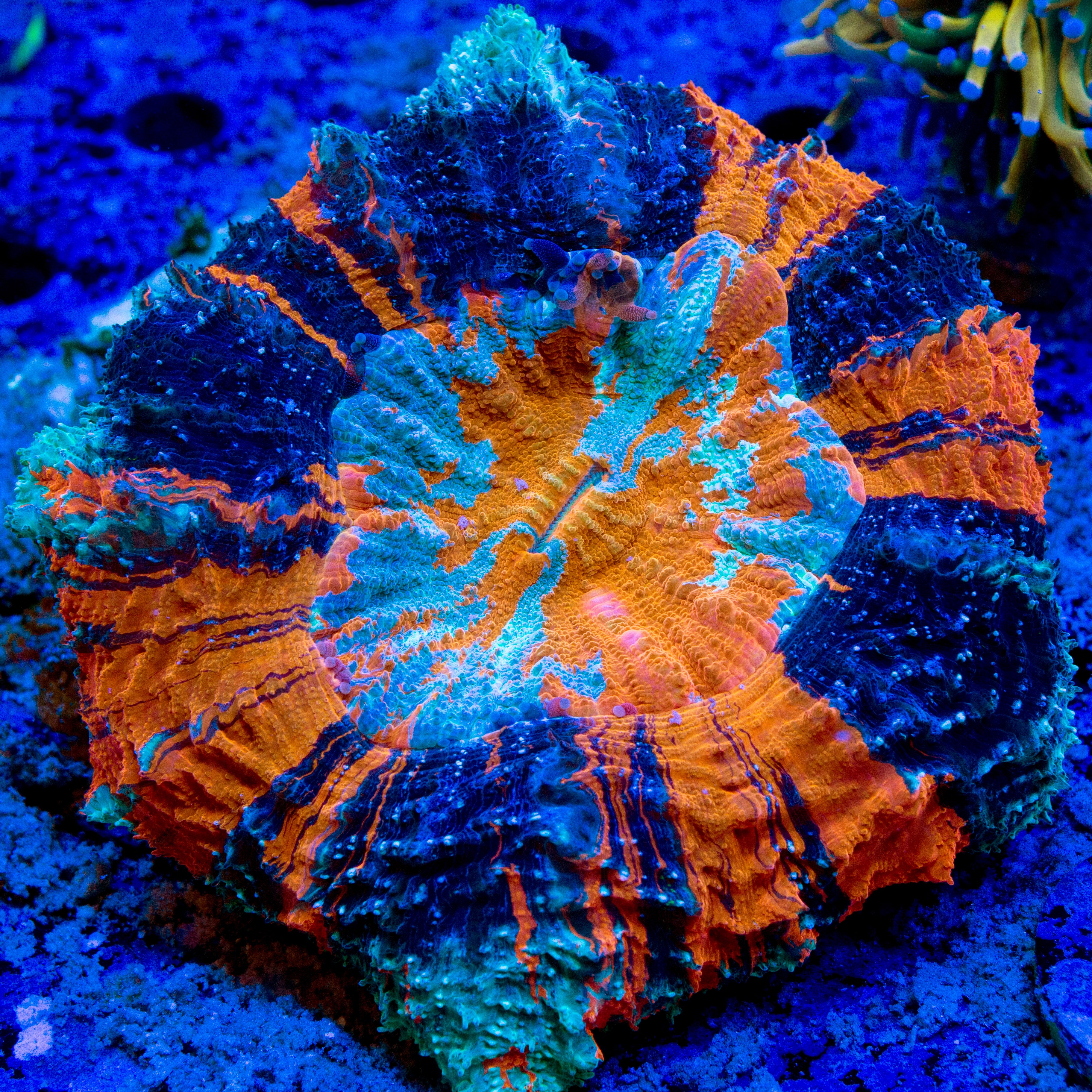
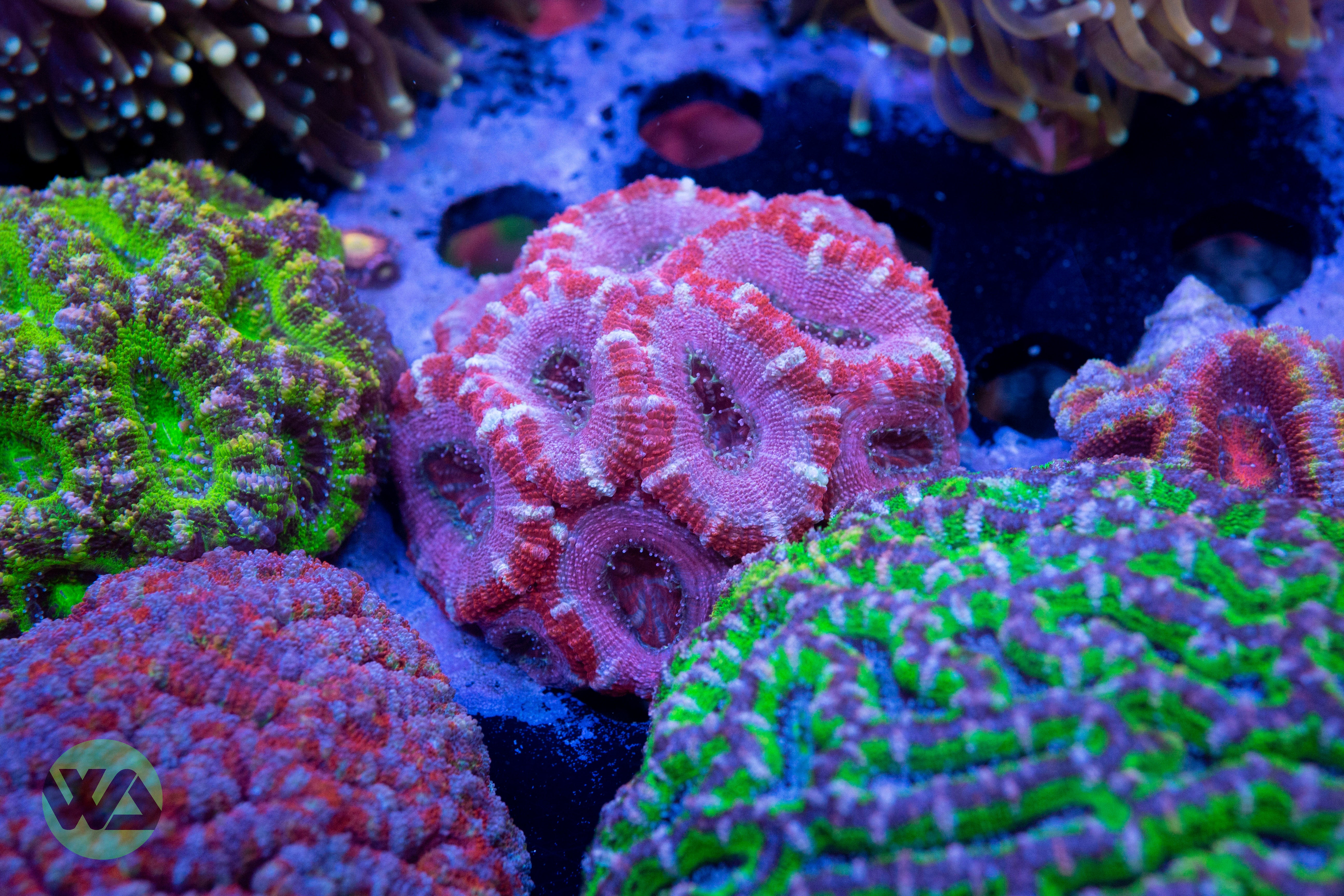
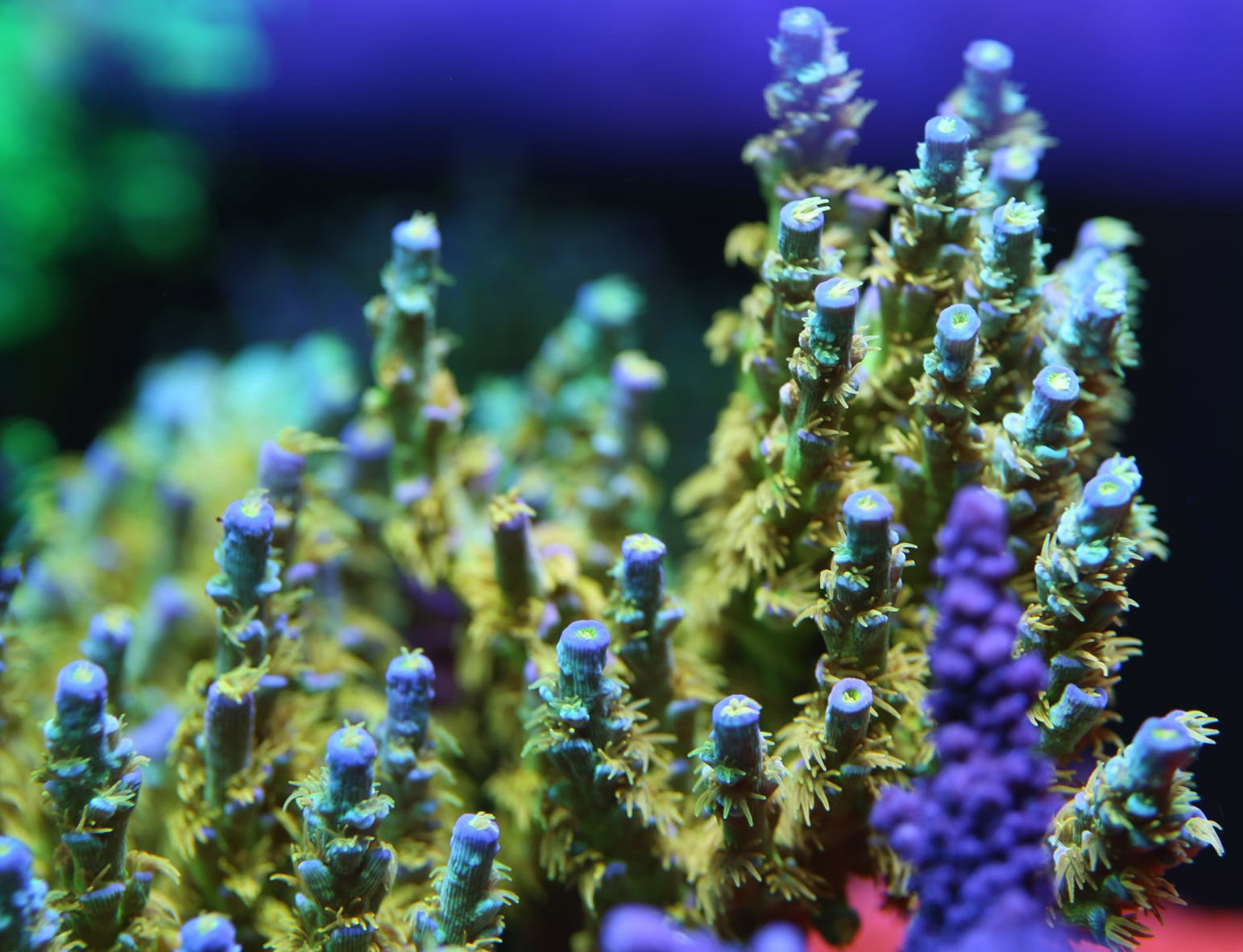
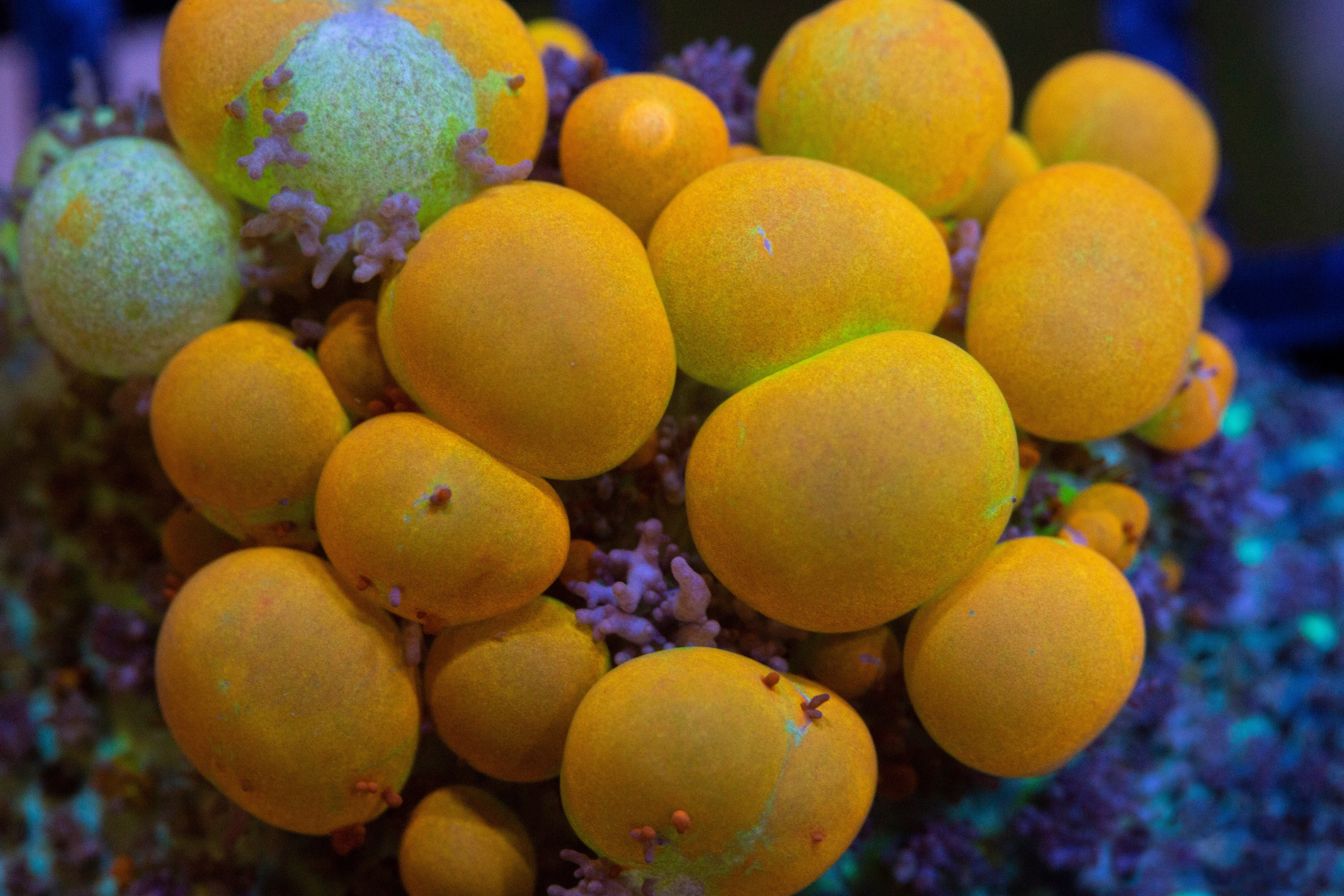
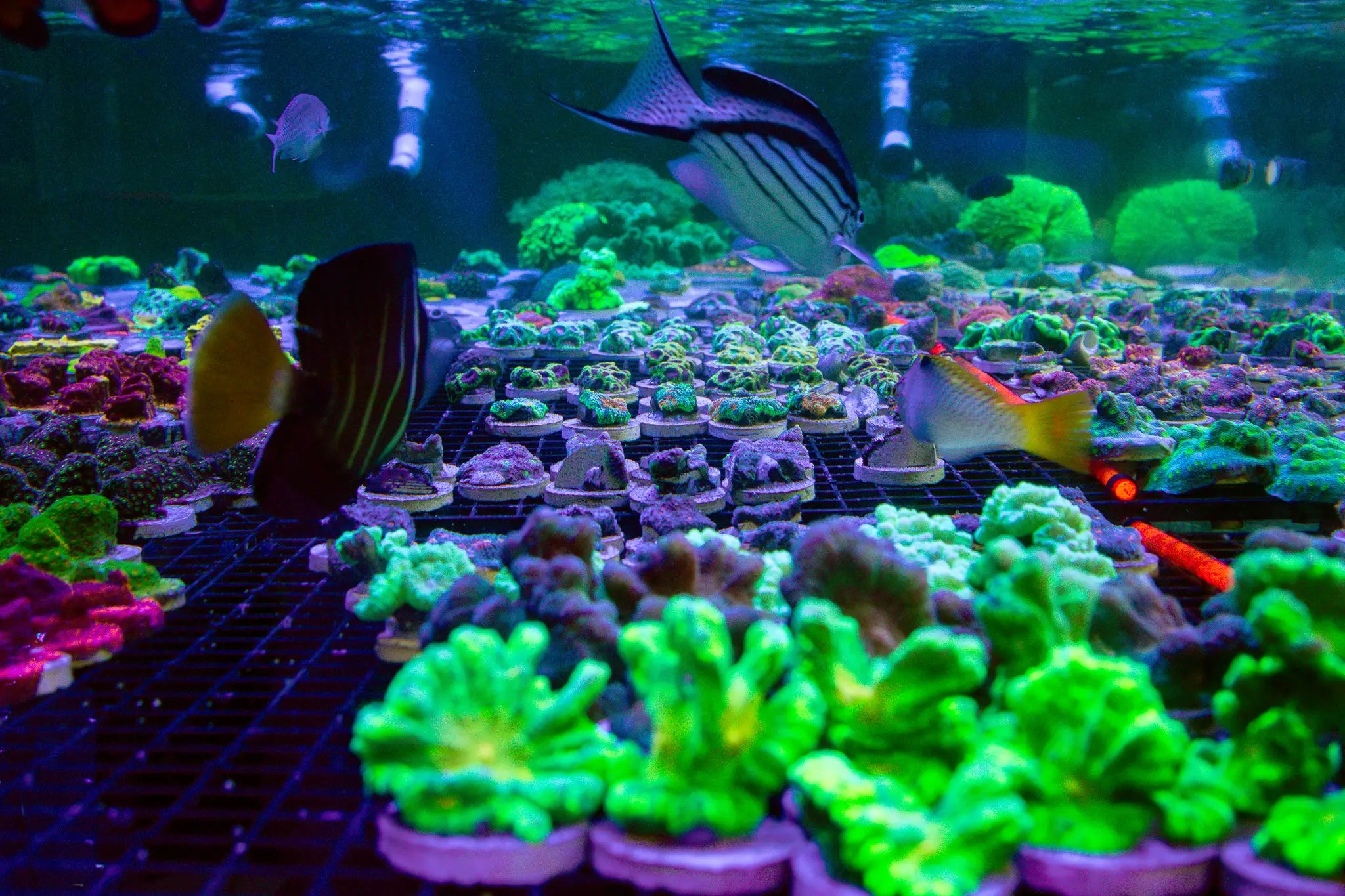

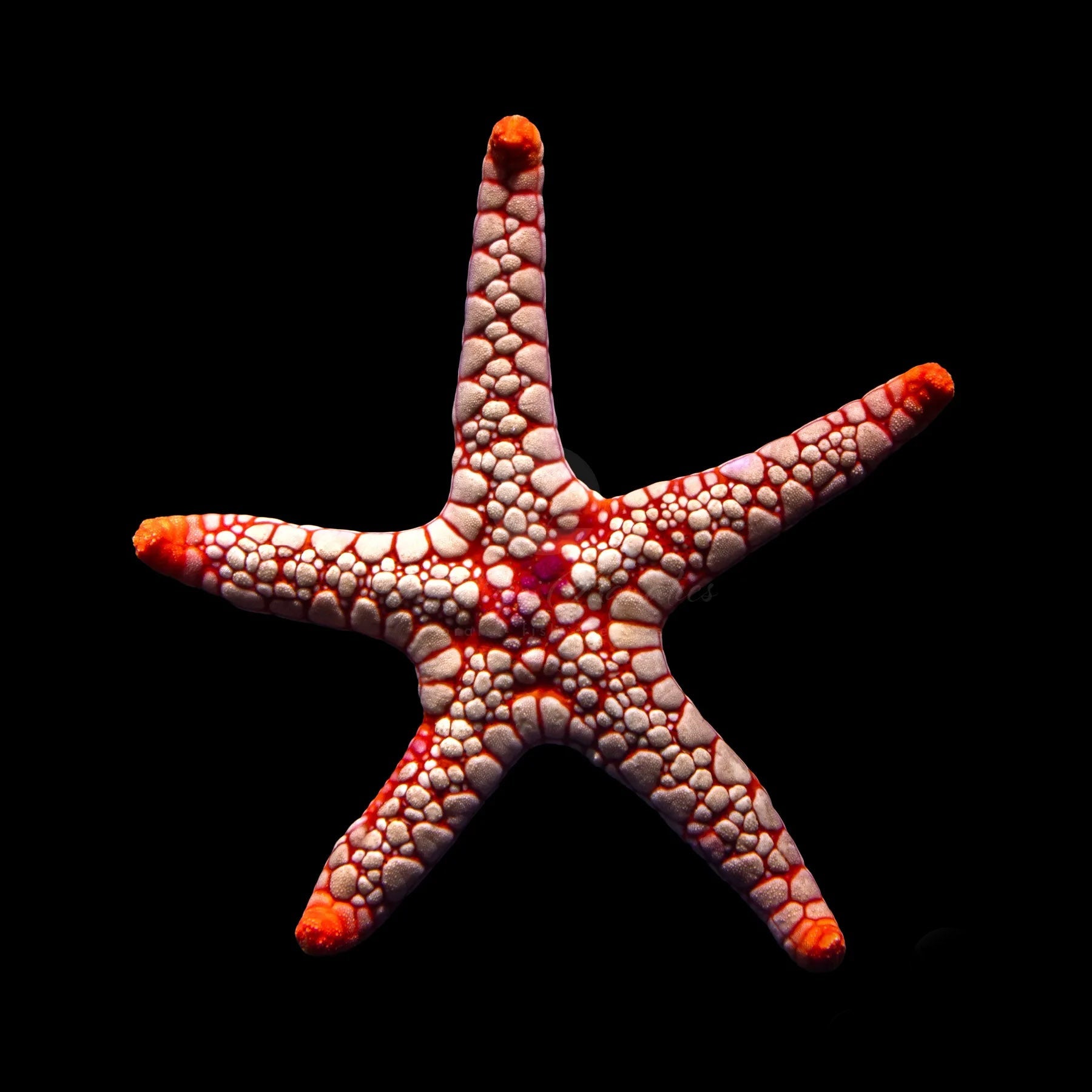
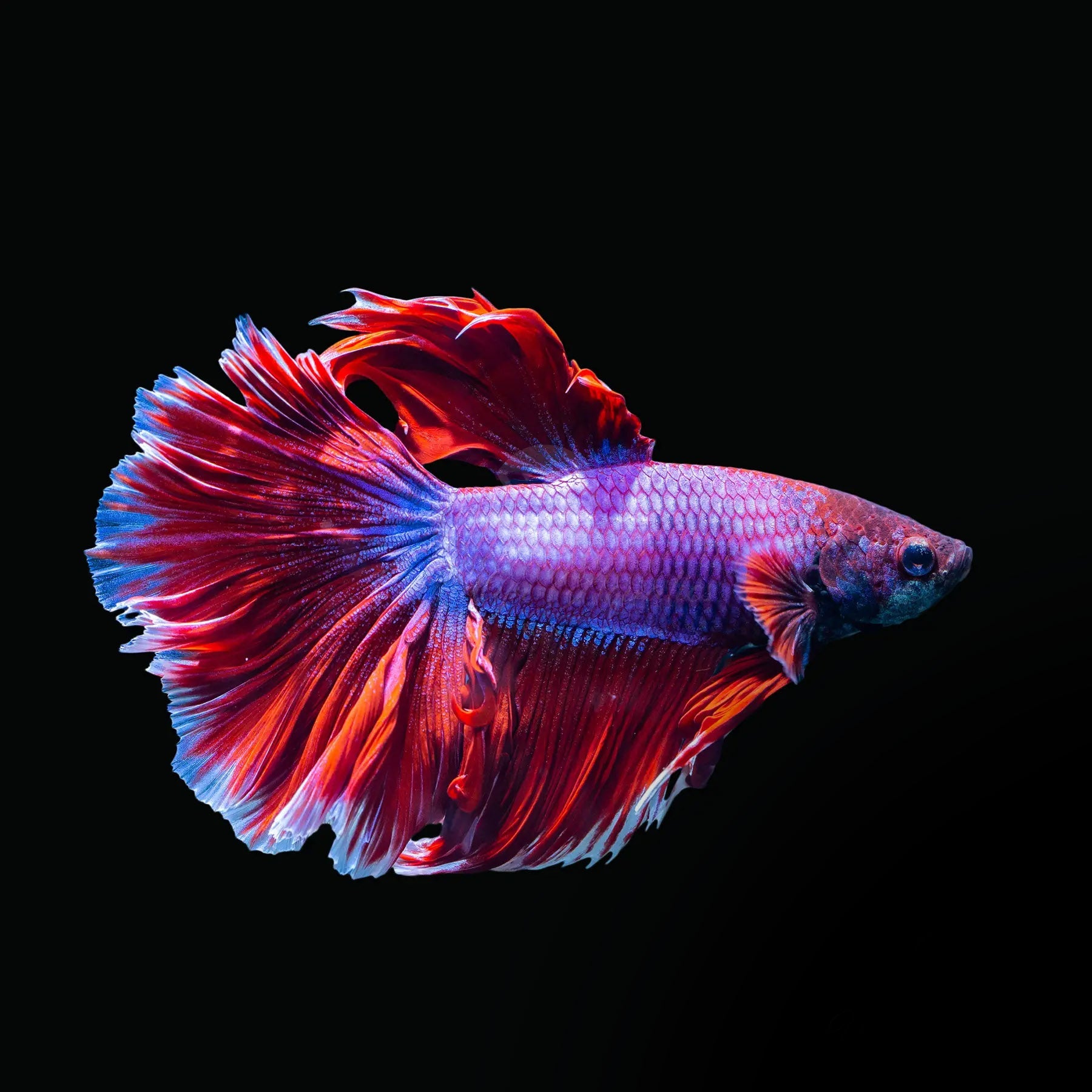
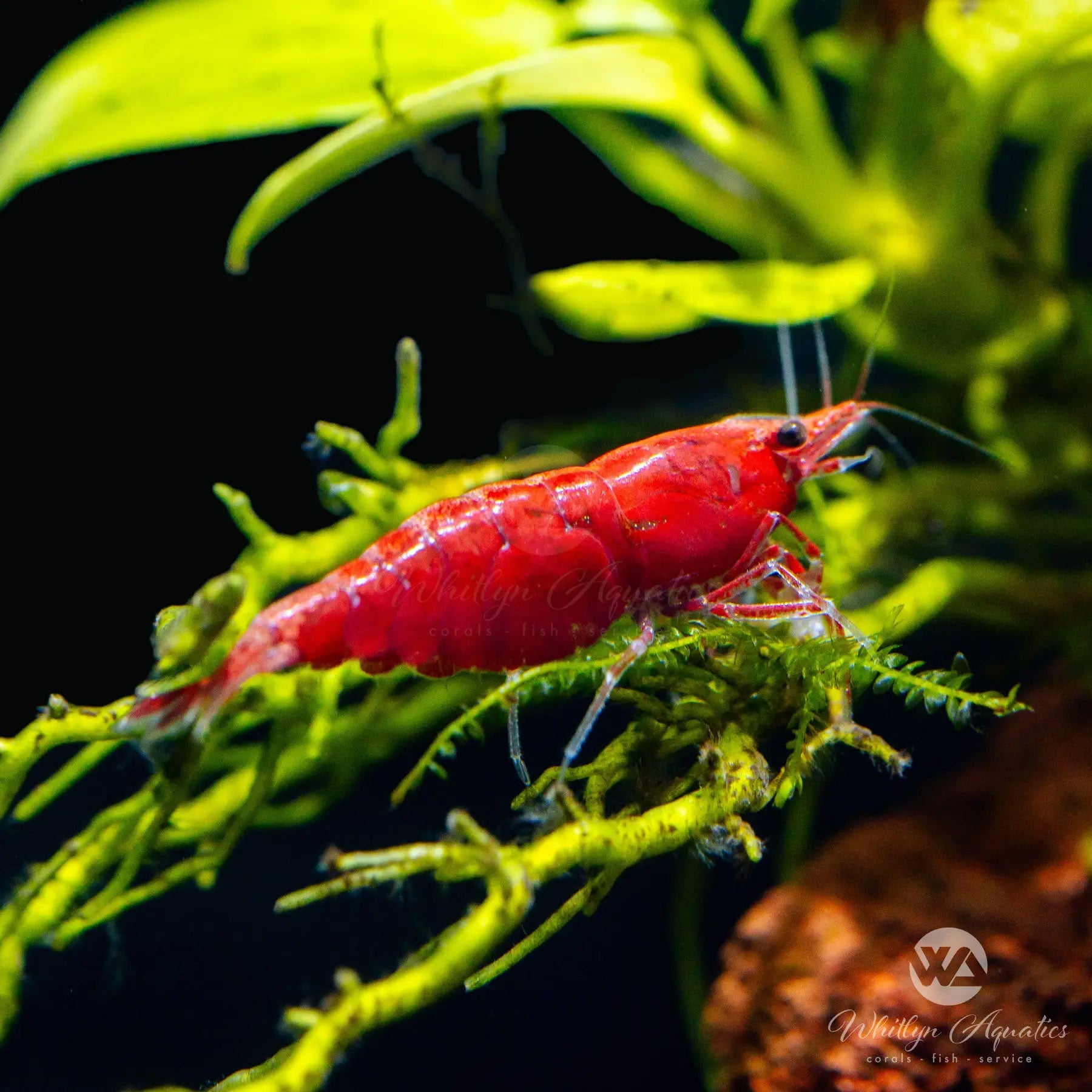
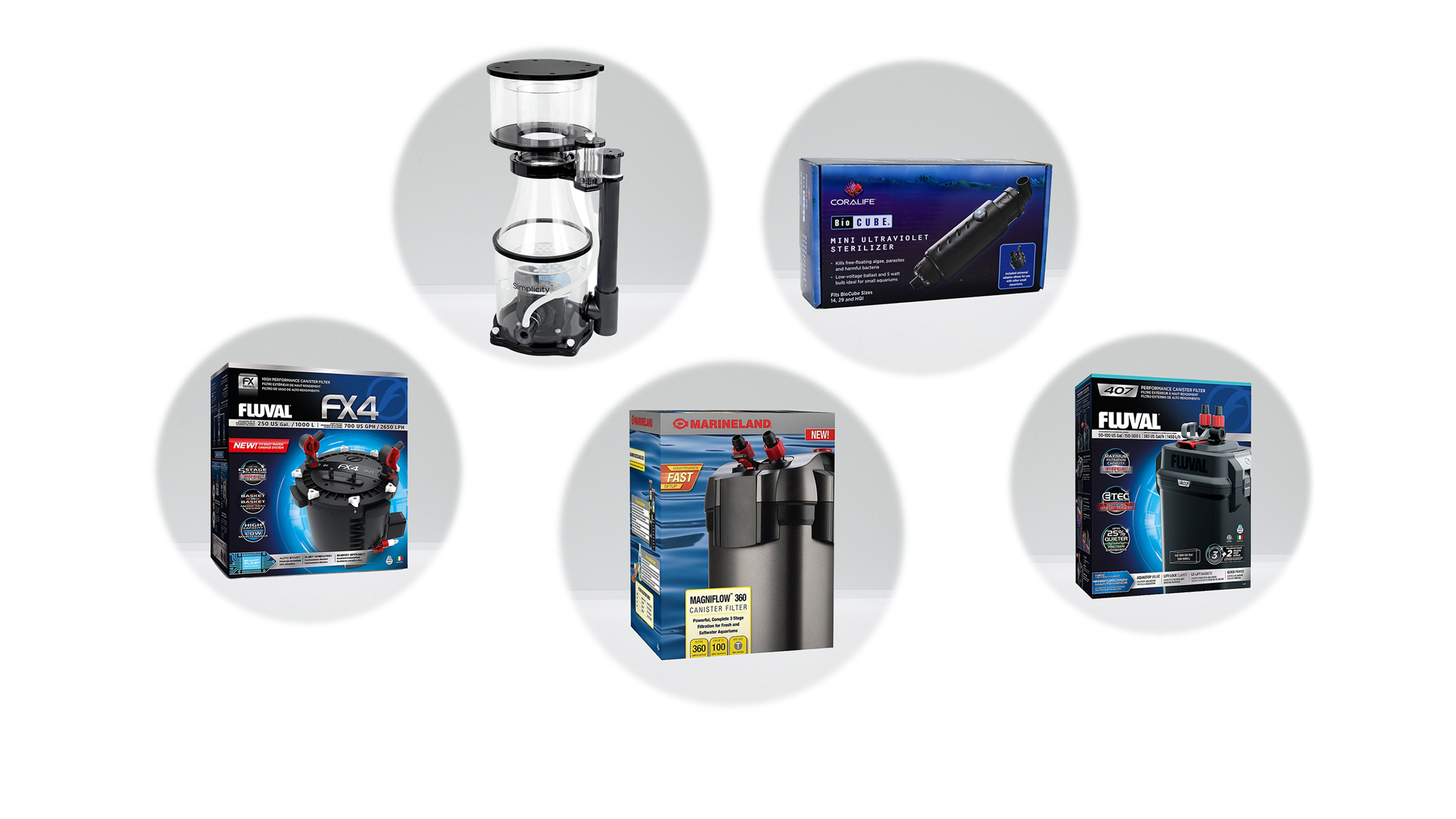
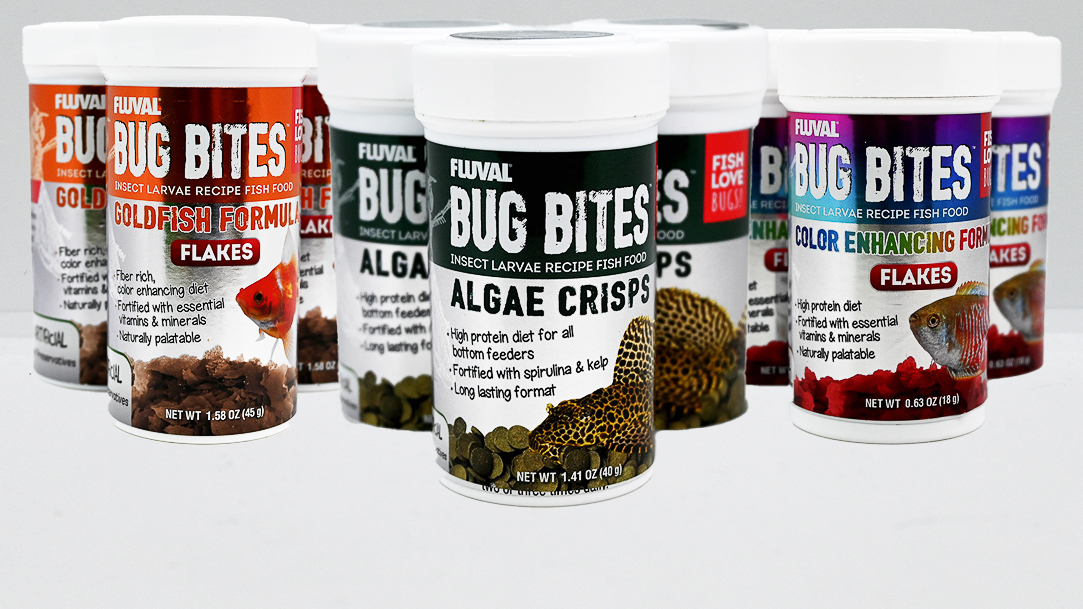
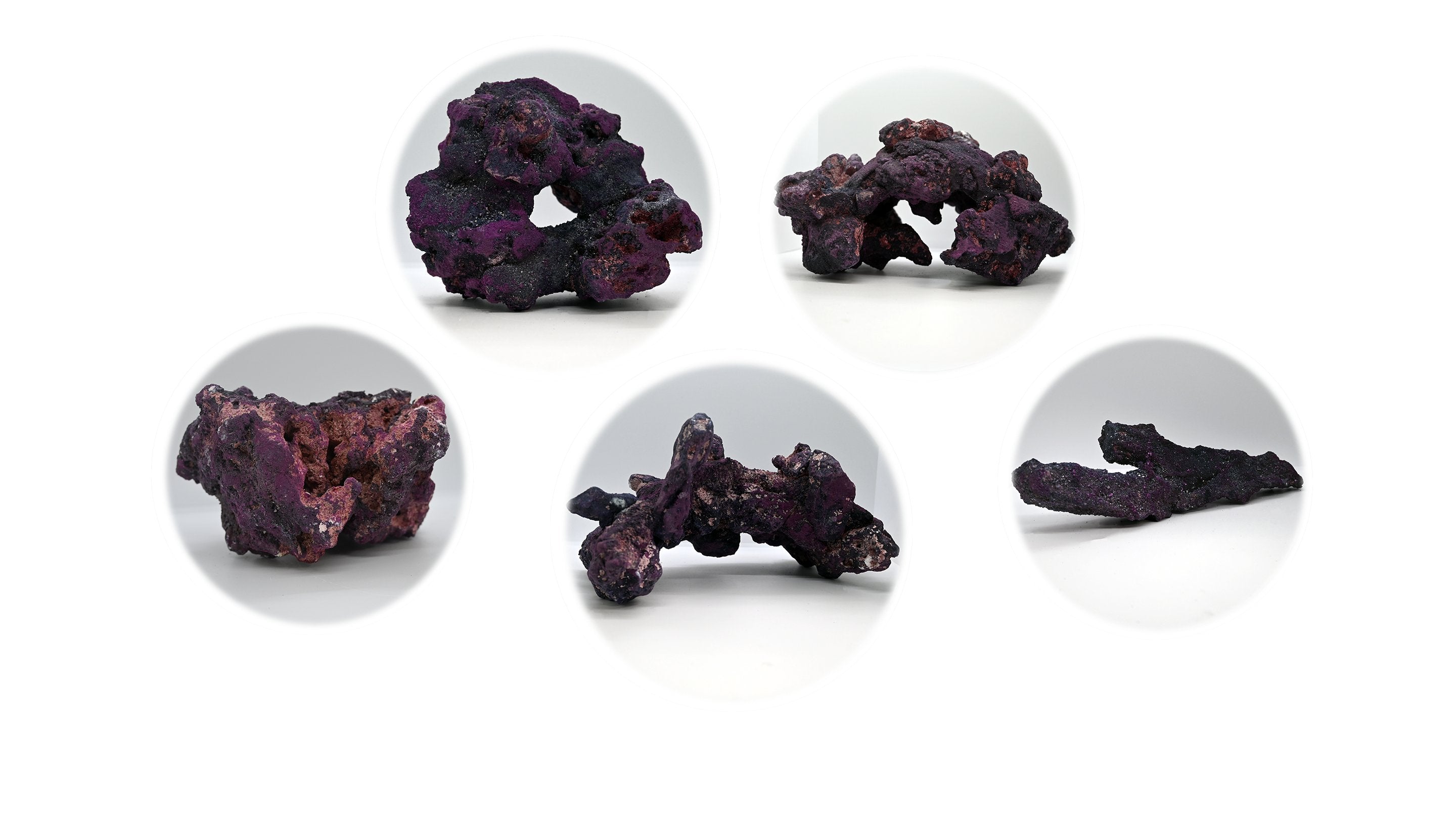
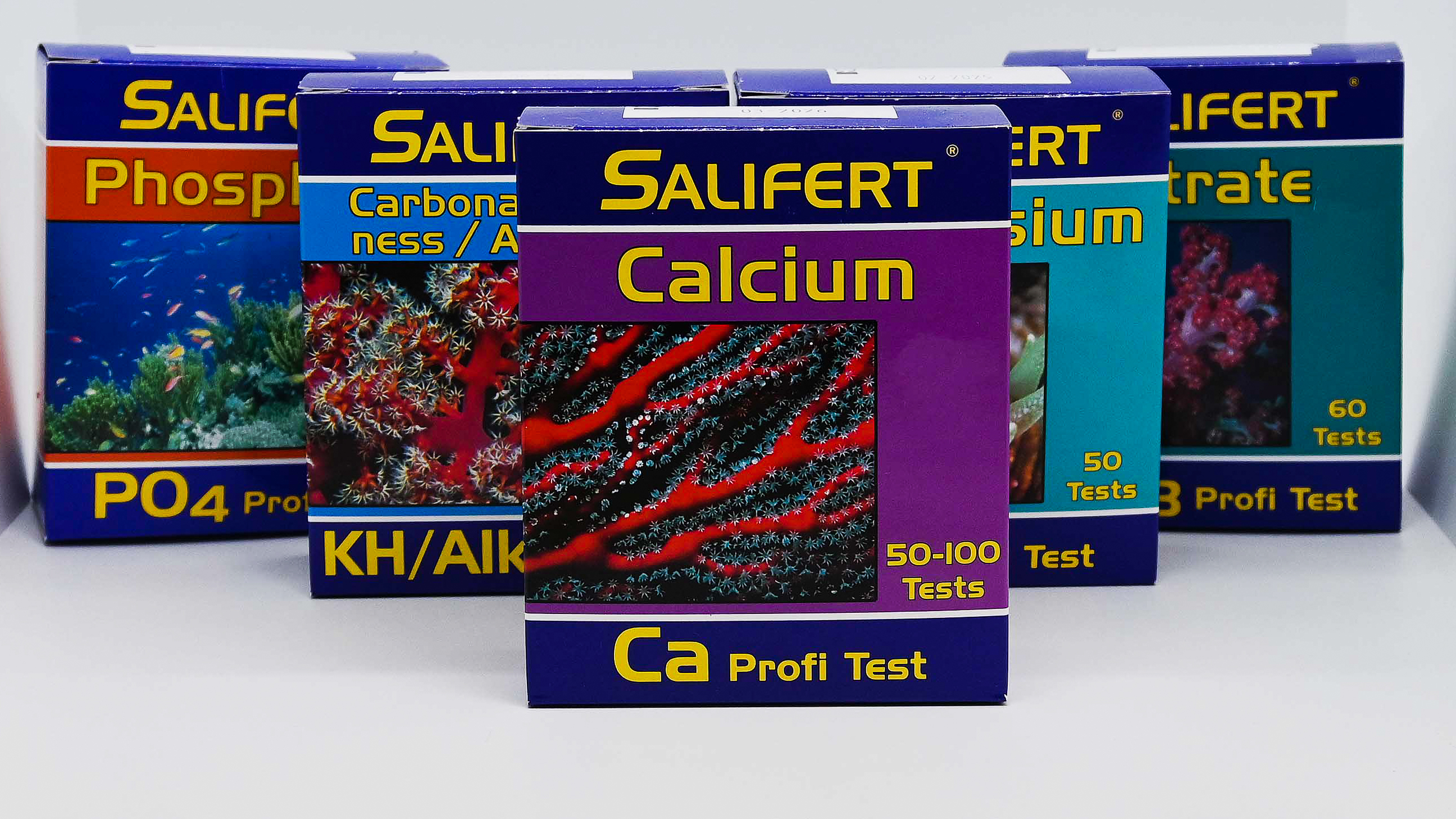
Leave a comment